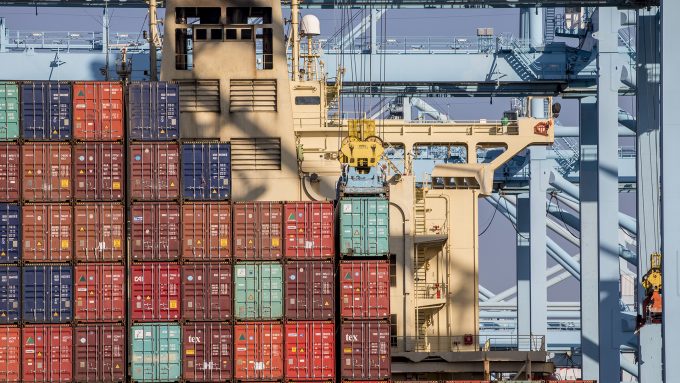LA/LB ports eye record throughput, but there are 'signals of strain'
The main US port complex of Los Angeles and Long Beach is on target for ...

Exports from the top ten US container ports slumped by 8.3% in July, compared with the same month of 2020, to 763,619 teu, while imports gained 14.3% to 2,096,076 teu, according to data from Blue Alpha Capital.
The New York-based consultant said the divergence between import ...

Comment on this article